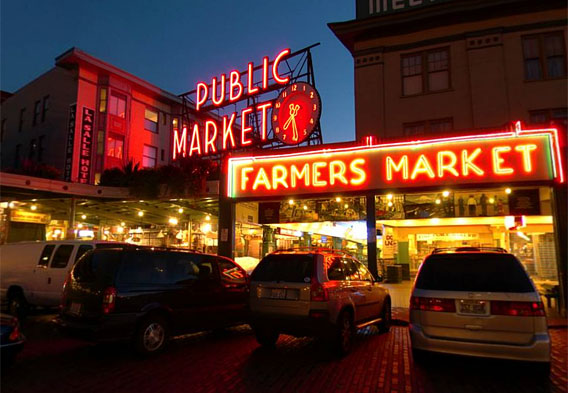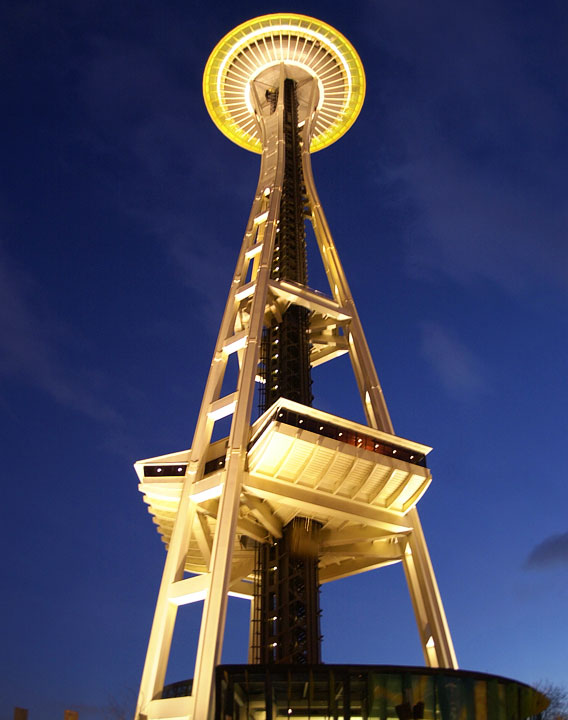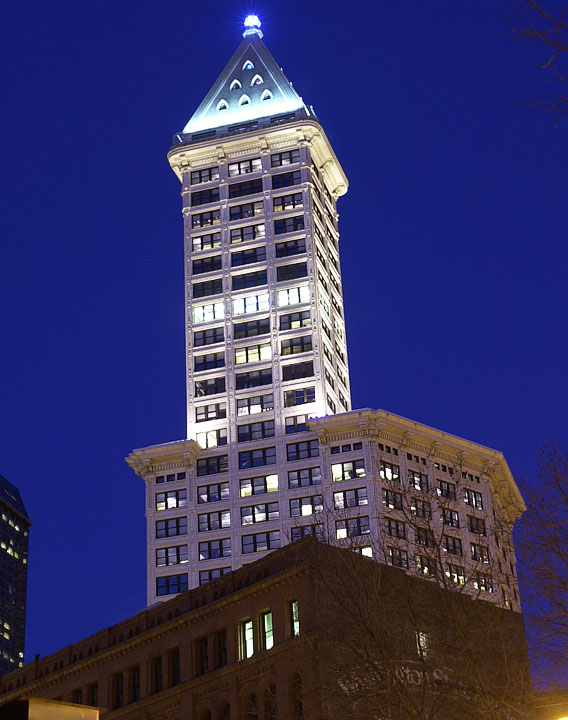| Olympic Sculpture Park A lush panoramic space for public art connects downtown Seattle to the water's edge. Founded by the Seattle Art Museum, it features 21 sculptures by renowned artists. (Read More) |
|
|||||
| Tweet |

Fun Facts about the Olympic Sculpture Park
History
The Olympic Sculpture Park is a beautiful waterfront destination in Seattle that features an outdoor museum and a beach, with the highlight being a free-admission public outdoor sculpture park. It is a unique attraction of the city and a newer one, relatively to the rich history of Seattle. In 1996, Mimi Gardner Gates, the director of the Seattle Art Museum, and Martha Wyckoff, a trustee of the Trust for Public Land, combined their expertise and hatched an idea to create an outdoor space for contemporary art in the city of Seattle. A $30 million donation from Jon Shirley, Chairman of the Board of Directors of the Seattle Art Museum and Chief Operating Officer of Microsoft, made this dream a reality.
Taking advantage of the stunning views, the founders decided to transform a former oil depot at the north end of the city’s waterfront, not a far walk from historic Pike Place Market. After a substantial cleaning and construction project, Seattle’s Olympic Sculpture Park opened on January 20, 2007, as one of the largest urban art spaces in all of the United States. Since then, this park has received many prestigious awards, including Travel + Leisure Design Award for best cultural space in 2008.
Due to the Seattle Waterfront’s delicate geological position, the shoreline was reinforced before building the park itself. Most of this important work, however, lies hidden underwater as part of a three level slope of rocks, meant to break up the waves and attract sea life, including salmon from the nearby Duwamish River. Above this slope, a 1,000-foot long seawall was also built to protect the park.
Art Pieces
Upon close inspection of Alexander Calder’s Eagle, this large red steel structure appears almost rigid. Yet, viewed against the backdrop of Seattle’s Elliott Bay, this piece takes on the elegant figure of an eagle in flight. Originally created in 1971, Eagle was proudly donated by founding donors Jon and Mary Shirley. Another formidable nautical structure is Wake by Richard Serra. Three hundred tons of curved steel structures stand together like the hulls of a ship or the wakes of a wave. As a testament to their authenticity, these pieces were built using machines that manufacture ship and submarine parts.
Louise Bourgeois’ Father and Son fountain is perhaps the most thought-provoking art piece at the Olympic Sculpture Park. Two figures, a father and a son, stand separated by the fountain’s water, which rises and falls throughout the day, keeping the two apart. This compelling piece was funded by an estate gift of $1 million from Stu Smailes, an executive of Safeco, requesting city art including realistic, life size, nude, male figures.

Teresita Fernández's Seattle Cloud Cover glass bridge connects the two sides of the park separated by railroad tracks. On the glass walls of this bridge, brightly colored images of clouds pay homage to stereotypical Seattle weather. This functional art piece is a fun place to take in Seattle’s skyline, including the Space Needle and the Smith Tower.
Other favorite pieces at the Olympic Sculpture Park include Love and Loss by Roy McMakin, benches and trees composed of letters that spell these same words. Mark di Suvero’s Shubert Sonata translates the sound of delicate music into a flowing circular sculpture. Famed Seattleite Paul Allen, a co-founder of Microsoft, donated the whimsical sculpture, Typewriter Eraser, Scale X, an oversized representation of an obsolete office tool.
Activities
To enhance your park experience, consider taking one of several tours available, focusing on the art pieces, the ecosystems, and the cultural history of the area. During the summer season, join in one of the many live music performances, dance expos, food festivals, and art and exercise classes offered at Olympic Sculpture Park.

Must-See Sights
Pike Place Market: One of the best-known destinations in Seattle, the market has been a popular place to go since it opened in 1907, although it didn’t begin thriving as a tourist destination until the 1980s. The most popular attractions within Pike Place Market include the original Starbucks store and the fish-throwing at Pike Place Fish, as well as the beautiful bouquets of flowers for sale.
Space Needle: The Space Needle towers over Olympic Sculpture Park and the Seattle Skyline. It was originally built as part of the 1962 World’s Fair and stands 600 feet over the Emerald City. The glass enclosed elevator takes 43 seconds to arrive at the top, and on a clear day, visitors can see all the way to Mount Rainier.

Smith Tower: Smith Tower has stood over the Seattle Waterfront since 1914. It was the tallest building west of the Mississippi River for 50 years. The lobby boasts neoclassical architecture, and the original Otis elevators are still in operation. The Chinese Room at the top of the tower has a wraparound observation deck, plus gifts from the Empress of China that include a hand-carved ceiling and the Wishing Chair—it’s said that a single women who sits in the chair will marry within a year.
Back to top © Dan Taylor/Destination360. All Rights Reserved